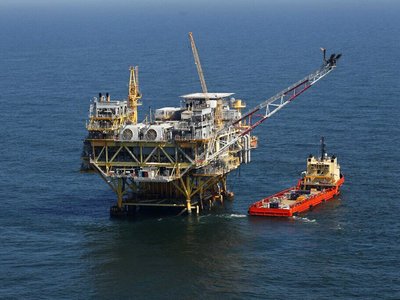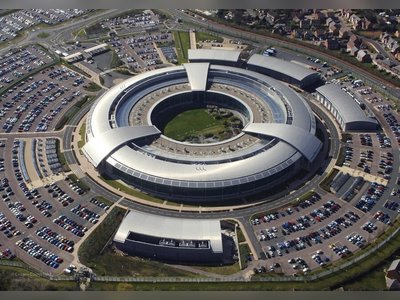3D-Printed Homes Offer Cost-Effective and Durable Housing Solutions
Advancements in 3D concrete printing enable faster construction, reduced costs, and enhanced durability in residential buildings
Advancements in 3D concrete printing technology are transforming the construction industry by enabling the rapid production of residential structures.
Utilizing large-scale printers that extrude specially formulated concrete mixtures layer by layer, this method allows for the creation of homes with reduced labor and material costs.
A notable example includes a 3D-printed home constructed in Riverhead, New York, which was completed in under 10 days by a small team overseeing the printing process.
The use of automated concrete printing significantly reduced labor expenses, contributing to the home's listing price of $299,999, which is lower than comparable homes in the area.
In terms of durability, well-constructed 3D-printed houses are projected to last a minimum of 100 years, with potential longevity exceeding 300 years.
This durability is contingent upon proper construction practices, such as ensuring adequate bonding between printed layers and maintaining appropriate hydration during the build process.
Cost efficiency is another advantage of 3D-printed homes.
These structures can cost up to 45% less than traditional stick-built houses, primarily due to savings on labor and materials.
For instance, a 350-square-foot studio unit can be printed in less than 24 hours, showcasing the speed and efficiency of this construction method.
Globally, 3D-printed housing projects are gaining traction.
In Georgetown, Texas, a community of 100 3D-printed homes features concrete walls designed to resist water, mold, termites, and extreme weather.
Each home takes approximately three weeks to print, demonstrating the scalability of this technology.
In Ireland, three families have moved into the country's first 3D-printed homes in Dundalk, County Louth.
These two-storey, three-bedroom houses were constructed using automated concrete printing technology, with the printing process completed in just 12 days.
The initiative aims to demonstrate the efficiency and sustainability of 3D printing in addressing housing shortages.
Similarly, in Melbourne, Australia, the first multistorey 3D-printed home in the Southern Hemisphere has been unveiled.
Designed by LUYTEN, the 350-square-meter house emphasizes the potential of 3D printing to reduce construction time, with the build completed in five weeks compared to the typical 8-11 months for traditional construction.
These developments highlight the growing adoption of 3D printing technology in residential construction, offering solutions that are not only cost-effective and time-efficient but also durable and adaptable to various environmental conditions.
Utilizing large-scale printers that extrude specially formulated concrete mixtures layer by layer, this method allows for the creation of homes with reduced labor and material costs.
A notable example includes a 3D-printed home constructed in Riverhead, New York, which was completed in under 10 days by a small team overseeing the printing process.
The use of automated concrete printing significantly reduced labor expenses, contributing to the home's listing price of $299,999, which is lower than comparable homes in the area.
In terms of durability, well-constructed 3D-printed houses are projected to last a minimum of 100 years, with potential longevity exceeding 300 years.
This durability is contingent upon proper construction practices, such as ensuring adequate bonding between printed layers and maintaining appropriate hydration during the build process.
Cost efficiency is another advantage of 3D-printed homes.
These structures can cost up to 45% less than traditional stick-built houses, primarily due to savings on labor and materials.
For instance, a 350-square-foot studio unit can be printed in less than 24 hours, showcasing the speed and efficiency of this construction method.
Globally, 3D-printed housing projects are gaining traction.
In Georgetown, Texas, a community of 100 3D-printed homes features concrete walls designed to resist water, mold, termites, and extreme weather.
Each home takes approximately three weeks to print, demonstrating the scalability of this technology.
In Ireland, three families have moved into the country's first 3D-printed homes in Dundalk, County Louth.
These two-storey, three-bedroom houses were constructed using automated concrete printing technology, with the printing process completed in just 12 days.
The initiative aims to demonstrate the efficiency and sustainability of 3D printing in addressing housing shortages.
Similarly, in Melbourne, Australia, the first multistorey 3D-printed home in the Southern Hemisphere has been unveiled.
Designed by LUYTEN, the 350-square-meter house emphasizes the potential of 3D printing to reduce construction time, with the build completed in five weeks compared to the typical 8-11 months for traditional construction.
These developments highlight the growing adoption of 3D printing technology in residential construction, offering solutions that are not only cost-effective and time-efficient but also durable and adaptable to various environmental conditions.











